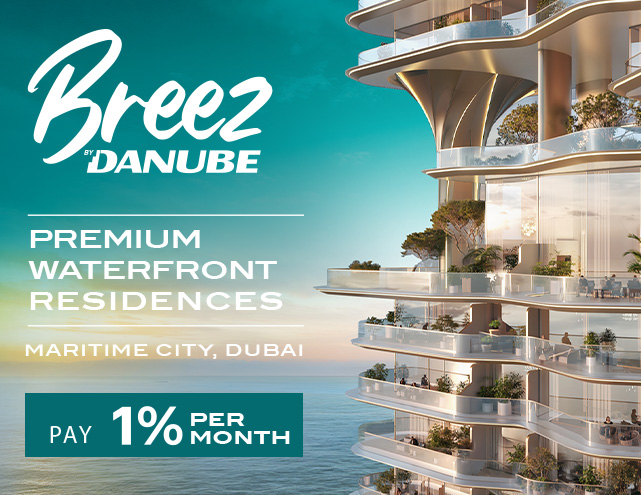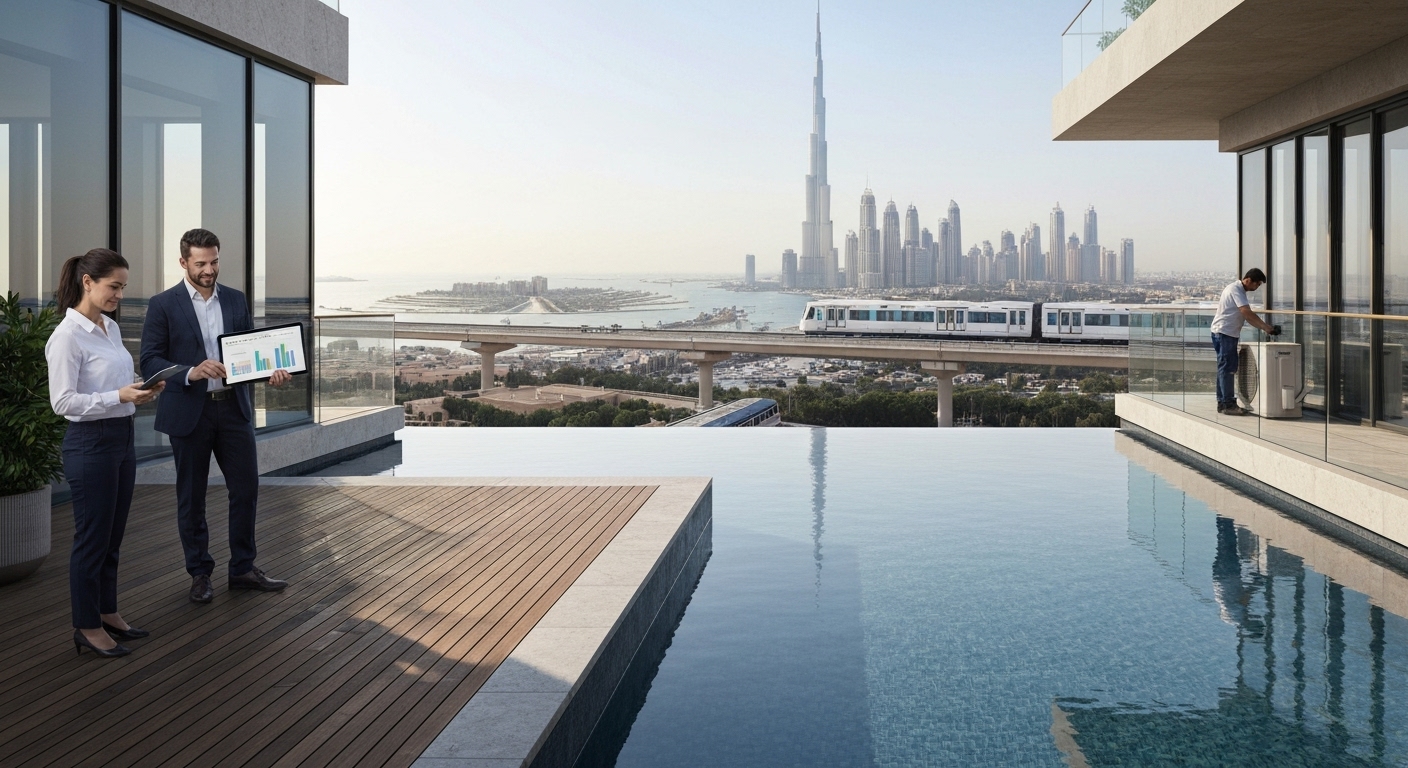Prospective investors and landlords often ask: What are the true ongoing costs of owning a rental apartment in Dubai? This comprehensive guide delivers a factual, investor-focused breakdown of recurring expenses—empowering you to make informed, profitable real estate decisions in the UAE.
Understanding the Difference: Owning vs. Owning to Rent in Dubai
Owning a property in Dubai is fundamentally different from owning with the intention to rent. When you purchase to rent, you face a unique set of ongoing obligations, legal requirements, and landlord-specific expenses that don’t apply to end-user occupancy. In addition to standard commitments such as mortgage and capital outlays, renting out your apartment introduces regular charges including governmental fees, annual property service charges, and potentially higher maintenance costs due to increased tenant turnover.
Rental investors must also comply with Dubai Land Department (DLD) regulations around tenancy contracts, escrow provisions, and health and safety compliance. Understanding these ongoing costs is key to accurate yield calculations and budgeting.
Essential Recurring Costs for Rental Apartment Owners
The true ongoing costs of owning a rental apartment in Dubai can be divided into several core categories:
– Annual Service Charges: These cover building maintenance, common area utilities, cleaning, amenities upkeep (e.g., swimming pools, gymnasiums), and building insurance. Service charges typically range from AED 10 to AED 30 per sq. ft. in neighbourhoods like Jumeirah Village Circle, Business Bay, and Discovery Gardens. Charges vary depending on the development’s age, amenities, and management structure.
– Mandatory Maintenance and Repairs: Owners are responsible for maintaining the apartment’s interiors, cooling systems, electrical fixtures, and plumbing. The annual budget for repairs can fluctuate but a prudent investor often allocates approximately 1–2% of the property’s value per year for unforeseen breakages, repainting, and routine servicing.
Typical Example: Calculating Your Annual Outlay
Imagine a one-bedroom apartment in Dubai Marina (650 sq. ft.). With an average service charge of AED 20 per sq. ft., the annual building cost would be AED 13,000. Add AED 5,000 for interior maintenance contingencies, and the basic annual outlay for the property before rental income is AED 18,000—excluding mortgage repayments.
Maintenance, Repairs, and Service Charges: What to Expect Annually
Service charges represent the largest single recurring outflow for apartment owners. These compulsory fees are regulated by Dubai’s Real Estate Regulatory Agency (RERA) and are typically paid quarterly. Failing to keep up with payments can result in legal notices and fines from Owners’ Associations or the Dubai Land Department.
Beyond these set charges, landlords must anticipate periodic repair costs—especially for air conditioning, plumbing, and electrical systems, which see greater wear and tear with regular tenant changes. Proactive annual servicing can help mitigate unexpected expenses and keep your property competitive in Dubai’s rental market.
Utilities and Administrative Fees: The Unavoidable Expenses
As a landlord, you’re not usually responsible for your tenant’s monthly utility bills (DEWA—Dubai Electricity & Water Authority) unless the property is vacant. However, you must budget for connection or reconnection fees between tenancies, which may range from AED 110 to AED 330 depending on the utility and service speed.
Administrative and regulatory costs should also be considered. These include:
– Ejari Registration: Each new tenancy contract must be registered with the Ejari system at a fee of AED 220.
– DLD Fees: When a new tenant is signed, there may be broker administration or renewal fees payable to property management companies.
– Vacancy Periods: If your apartment is unoccupied, you will still pay association fees and may incur additional cleaning or re-letting expenses.
Insurance and Property Management: Protecting Your Investment and Income
Landlord insurance is not obligatory in Dubai but is strongly recommended. A tailored landlord insurance policy (typically AED 400–1,000 per year) covers you for loss of rent, damage, liability claims, and, in some cases, legal expenses. Outsourced property management, offered by both boutique and international firms, is another key cost—these services generally command 5–7% of annual rental income.
Navigating Unforeseen Costs and Contingency Planning
Successful investors in Dubai always build in an annual contingency—typically 5–10% of expected rental income—to account for tenant defaults, legal disputes, emergency repairs, or sudden periods of vacancy. Factoring in this buffer is essential for long-term portfolio resilience and maximizing your ROI.
Maximizing Rental Yields by Understanding Ongoing Expenses
The true ongoing costs of owning a rental apartment in Dubai ultimately determine your net rental yield and investment profitability. By understanding and accurately budgeting for annual service charges, maintenance outlays, insurance, and regulatory fees, Dubai landlords can achieve some of the best rental returns in the region—often 6–8% gross in sought-after neighbourhoods like JLT, Dubai Marina, and Al Barsha.
In summary, the answer to “What are the true ongoing costs of owning a rental apartment in Dubai?” is a mix of regulated charges, routine and unexpected maintenance, administration, and strategic contingency planning. Contact Danube Properties to learn more about optimizing your property investment in Dubai.




